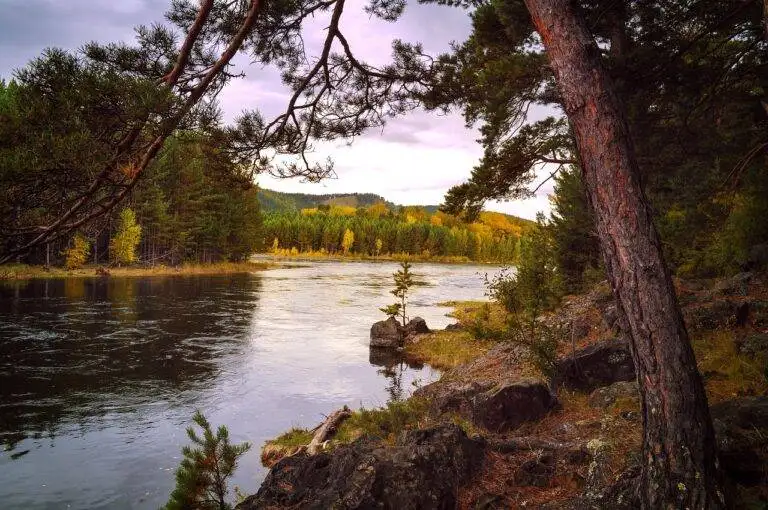Dark tourism: understanding history through travel
Dark tourism, the phenomenon of visiting sites associated with death, disaster, and tragedy, has a long and complex history. While the term itself may be relatively new, the concept of engaging with morbid or unsettling locations dates back centuries. In ancient times, individuals would set out on pilgrimages to sites of martyrdom or where significant battles had occurred, seeking a deeper connection to their beliefs or a greater understanding of historical events. These early forms of what we now recognize as dark tourism laid the foundation for the modern-day practice of visiting places like concentration camps, war memorials, and disaster zones.
The 19th century marked a notable shift in the evolution of dark tourism, as advancements in transportation and communication made it easier for people to explore far-flung destinations. The popularity of sites such as the Tower of London, known for its history of executions, and the catacombs of Paris, where bones are meticulously arranged in macabre displays, demonstrated a growing interest in the macabre and morbid. As society became more interconnected and information more accessible, the appeal of visiting dark tourism sites only increased, paving the way for the diverse array of destinations that attract visitors seeking to engage with the darker aspects of human history.
Examples of Dark Tourism Sites
Visiting the Chernobyl Exclusion Zone in Ukraine is a prime example of dark tourism. The site of the infamous 1986 nuclear disaster attracts thousands of visitors each year who are keen to explore the abandoned city of Pripyat and witness the eerie remnants of a catastrophic event.
Another notable dark tourism site is the Auschwitz concentration camp in Poland. This somber location serves as a poignant reminder of the horrors of the Holocaust, with guided tours offering visitors a glimpse into the atrocities committed during World War II. The stark barracks, gas chambers, and poignant memorials make Auschwitz a place of historical significance and reflection for those who choose to visit.
Ethical Considerations in Dark Tourism
When it comes to dark tourism, ethical considerations play a crucial role in guiding visitor experiences and interactions with sensitive historical sites. One key aspect to consider is the respect and empathy visitors should show towards the tragic events that took place at these locations. As visitors engage with sites of past atrocities, it is vital to approach these spaces with a sense of solemnity and understanding of the pain and suffering that occurred there.
Additionally, the commercialization of dark tourism sites raises questions around profit-making from tragic events. It is important for businesses operating in this sector to strike a balance between providing educational experiences and respecting the sanctity of the sites. The focus should be on fostering a sense of remembrance and learning, rather than exploiting the sorrow and tragedy for financial gain.
• Visitors should show respect and empathy towards the tragic events at dark tourism sites
• Approach these spaces with solemnity and understanding of the pain and suffering that occurred there
• Businesses operating in dark tourism should balance providing educational experiences with respecting the sanctity of the sites
• Focus on fostering remembrance and learning rather than exploiting sorrow and tragedy for financial gain
What is dark tourism?
Dark tourism refers to visiting sites that are associated with death, tragedy, or suffering.
What are some examples of dark tourism sites?
Some examples of dark tourism sites include concentration camps, battlefields, disaster areas, and sites of terrorist attacks.
What are some ethical considerations in dark tourism?
Ethical considerations in dark tourism include respecting the dignity of the victims, not sensationalizing or trivializing the events, and ensuring that the local communities benefit from tourism.
How can dark tourism be done in a responsible and ethical manner?
Dark tourism can be done in a responsible and ethical manner by educating oneself about the history and context of the site, being respectful of the surroundings, and supporting local initiatives and communities.
Are there any guidelines for visitors to follow when engaging in dark tourism?
Visitors engaging in dark tourism should be mindful of the impact their presence can have on the site and the local community, show respect for the victims and their families, and seek to learn and understand the historical and cultural significance of the site.





